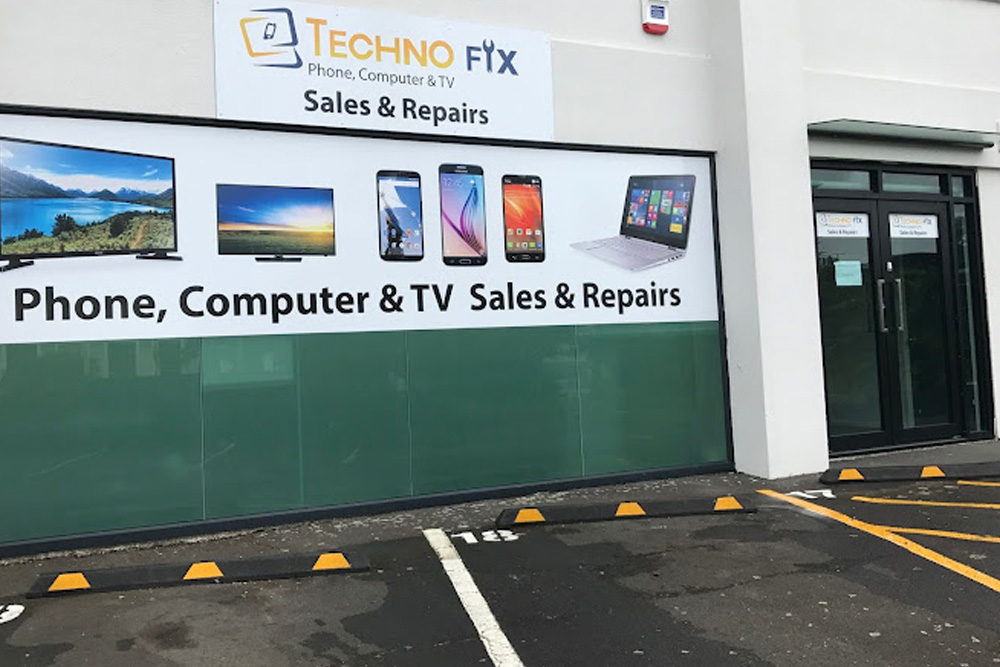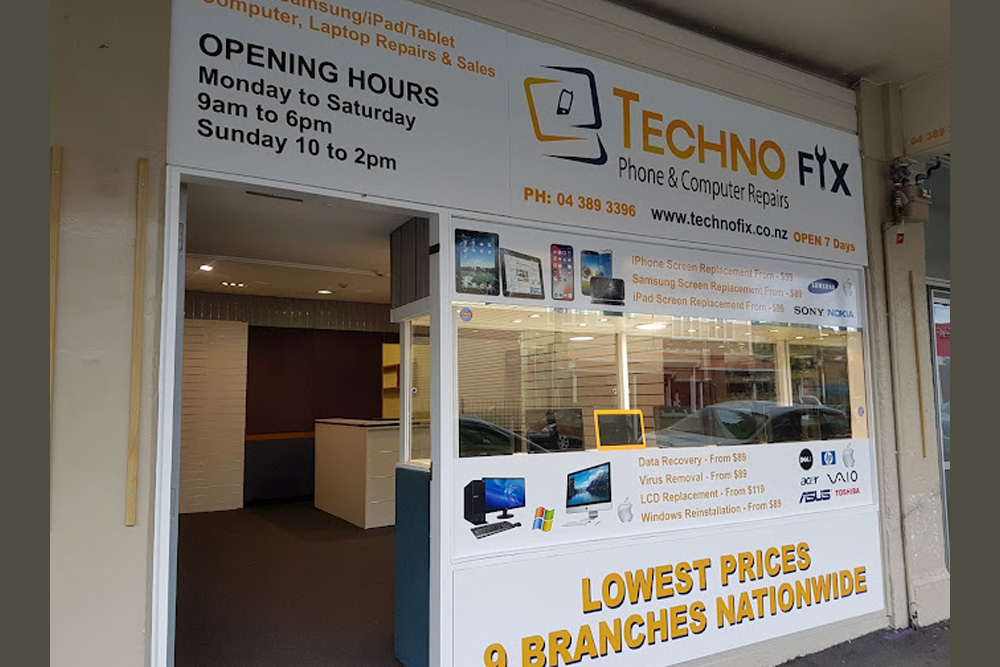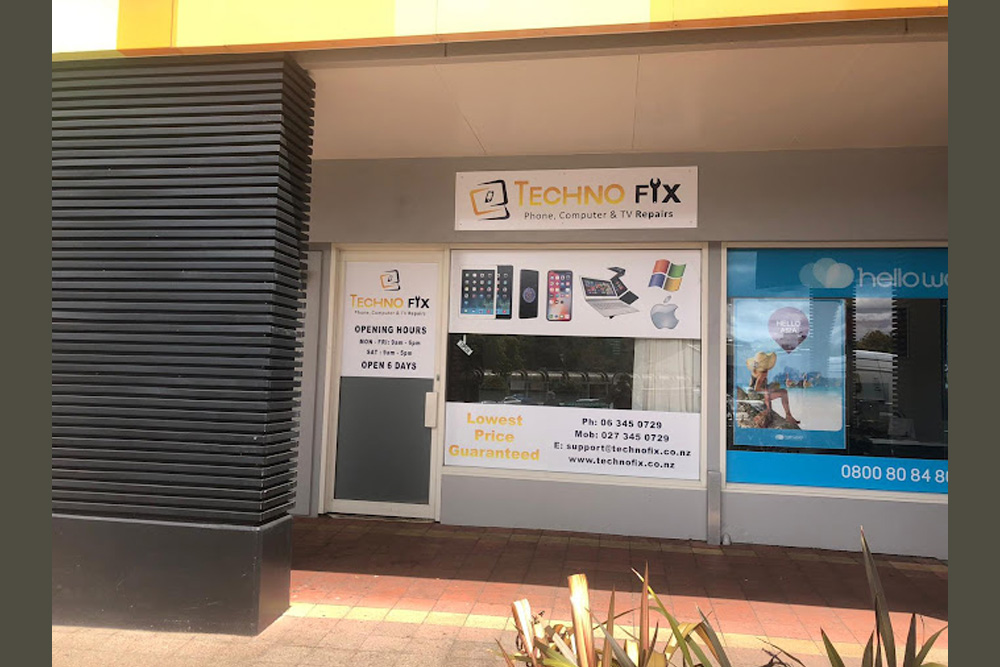In today’s fast-paced digital world, staying connected on the go has become an essential part of our daily lives. Our mobile devices are essential for keeping us connected to the digital ecosystem, whether it’s for business, entertainment, or social connection. The context of mobile services and connectivity is changing dramatically as a result of the introduction of 5G technology. In this blog post, we will explore the impact of 5G technology on the way we use our mobile devices and access the Internet.
Faster Speeds and Lower Latency
The lightning-fast speeds and significantly decreased congestion of 5G technology are among its most anticipated advantages. With download speeds up to 100 times faster than those of 4G, 5G enables lag-free online gaming, seamless streaming of high-definition videos, and speedy downloading of huge files. The reduced latency ensures that there is minimal delay between sending a request and receiving a response, making real-time applications, such as video conferencing and augmented reality, more immersive and efficient.
Rural Connectivity
While much of the focus on 5G has been on urban areas, it also holds promise for improving connectivity in rural and underserved regions. The ability of 5G to cover vast areas with lower infrastructure costs makes it an attractive solution for bridging the digital divide and bringing high-speed Internet to areas that previously lacked reliable connectivity.
In conclusion, 5G technology is revolutionizing mobile services and connectivity, ushering in a new era of speed, reliability, and innovation. With its potential to reshape industries, enhance daily experiences, and connect the world in unprecedented ways, 5G is poised to be a game-changer for both consumers and businesses. As the rollout of 5G networks continues to expand globally, we can expect even more transformative changes in the way we use our mobile devices and access the digital world.












